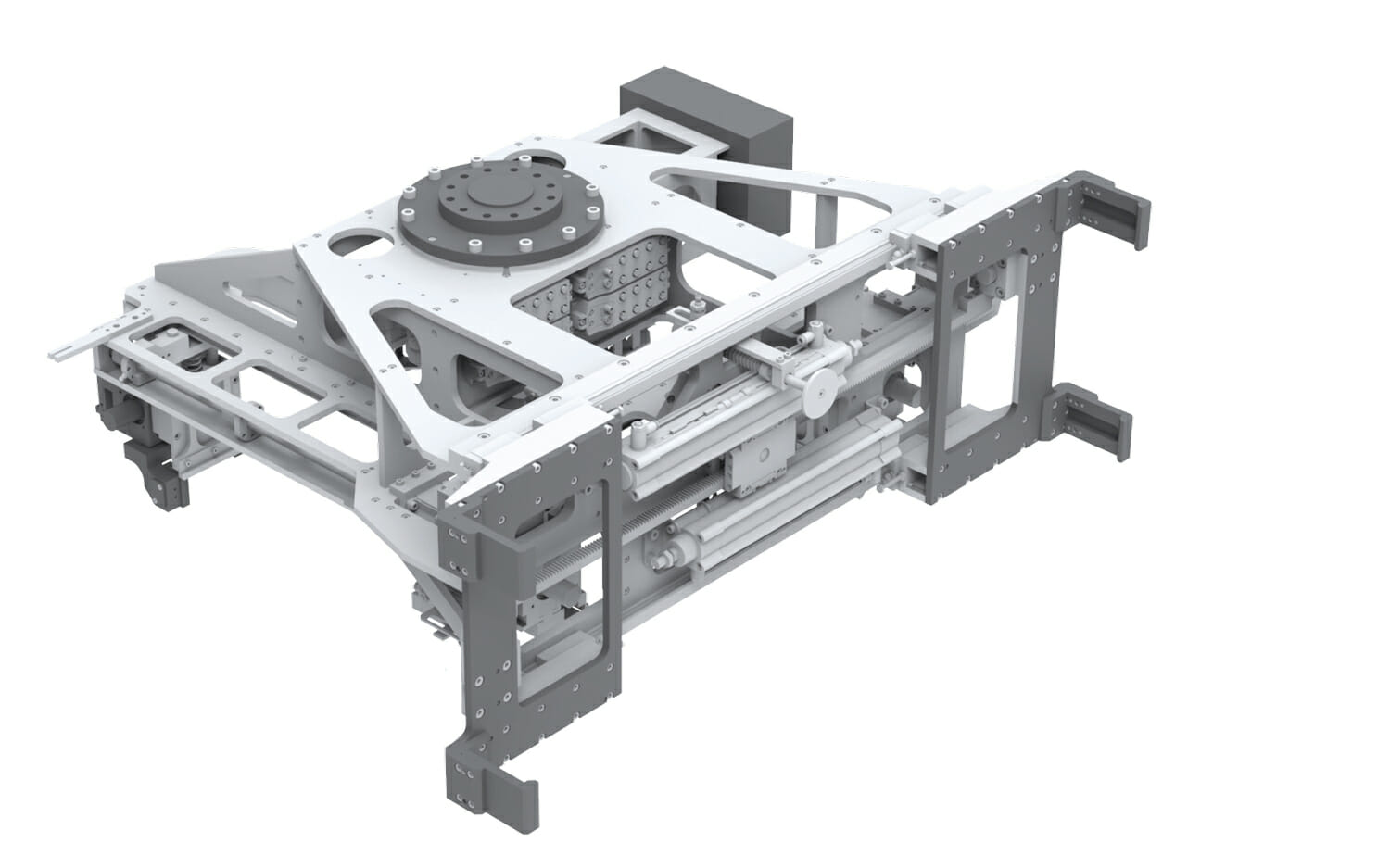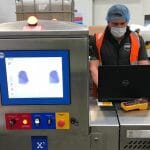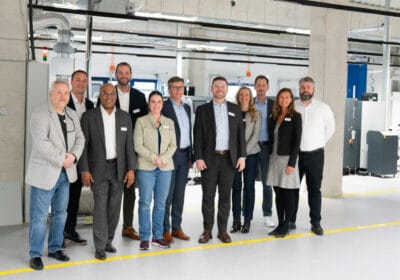End of Arm Tooling (EOAT), also known as the End Effector, is the essential physical interface between the robot, the component and the remainder of the automation cell.
End of arm tooling devices can vary greatly depending upon the application, therefore selecting the correct and most appropriate EOAT components can be challenging, unless there is a clear and detailed understanding of the end users requirements.
The article by Zimmer Group UK’s Ian Sinclair looks at the different factors which can influence the choice of end of arm tooling systems, to provide the greatest levels of performance and flexibility with robot or automation cells.
The robot provides the motion required in an automation cell, but it is the end of arm tooling which helps achieve the different processes such as gripping, rotating, glueing, machining, de-burring, painting and welding etc. In certain cases it is not unusual for several processes to be combined within the same end of arm tooling system.
The more familiar the robot integrator is with the specific needs of the end user, the more efficient, flexible and versatile the end of arm tooling specified will be. End-effectors are available in both angular and parallel style, and can be operated electrically, hydraulically, mechanically or pneumatically. Pneumatic systems are used in the majority of the cases as this type of gripper is also able to accommodate a wide range of handling & packaging applications, due to their power to weight ratio. However, pneumatic systems offer less control over grip forces and are less flexible than electric variants. Hydraulic end of arm tooling systems can generate high clamping forces and are able to actuate quickly. The selection, therefore, of a particular type of end-effector can be influenced by power consumption, size, complexity, weight, and other application specific requirements.
(Zimmer Group is able to offer advice on gripper specification and selection covering a wide range of options from: LEFT – Pneumatic – CENTRE – Electric and RIGHT – Bespoke System Grippers)
In addition, the style of tooling that will be best suited to a particular application must be considered. If products are likely to change frequently, the end-effector should be also capable of changing or adding fingers quickly and easily to adapt to the different product types. Adaptive grippers, which are designed to automatically adjust to the parts being presented, can be a valuable aid in the production and packaging of mixed product types.
When a robot is multi-tasking within a production cell, it is also possible to change end effectors by using automatic tool-change systems. These types of tool-changers have smart connections for a wide range of services such as pneumatics, power and sensors etc.
Today’s end effectors are becoming smarter and more powerful as machine learning software and safety features are increasingly being integrated within the EOAT itself, together with the ability to adapt to its environment using machine vision. For example in certain applications, conveyors are being replaced with Automated Guided Vehicles which transport bins that contain mixed products. This then brings into play random bin picking operations, where vision-guided robots are equipped with appropriate tooling to pick randomly oriented parts from a bin and place them ready for the next step in the process. In these applications the tooling must be able to cover a wide range of products and processes, and today’s advances in end of arm tooling is making this a reality.
The way in which end of arm tooling systems interact with the objects that they handle is also a key consideration, as some objects may require a light touch and therefore must be handled delicately. Pneumatic and electric grippers can be adjusted to set the force of their grip, and also obtain feedback through force torque sensors embedded within the systems.
Within the robotics market there is now a trend towards hybrid tooling that can specifically operate either electrically, hydraulically, or pneumatically. This type of end-effector can perform a wide range of tasks using several different tools, meaning engineers are no longer restricted to using one technology to meet an end user’s needs. Pneumatically operated systems are readily available and are capable of applying powerful forces at great speeds, and are most effective for generating force and motion simultaneously. Electric grippers however are becoming more popular and Zimmer’s new series offers weight to performance advantage similar to pneumatic grippers but with the added benefits of control and flexibility. Electric grippers are of course ideally suited to all Industry 4.0 applications.
Zimmer manufactures all gripping, clamping and damping elements together with vacuum cups and controls. There are a wide range of linear products, spindles and several intelligent combi-function units within the company’s manufacturing range. Zimmer is also able to bring to bear their vast experience to either assist end users or system integrators with the specification of end of arm tooling or supply a complete end of arm tooling solution.







